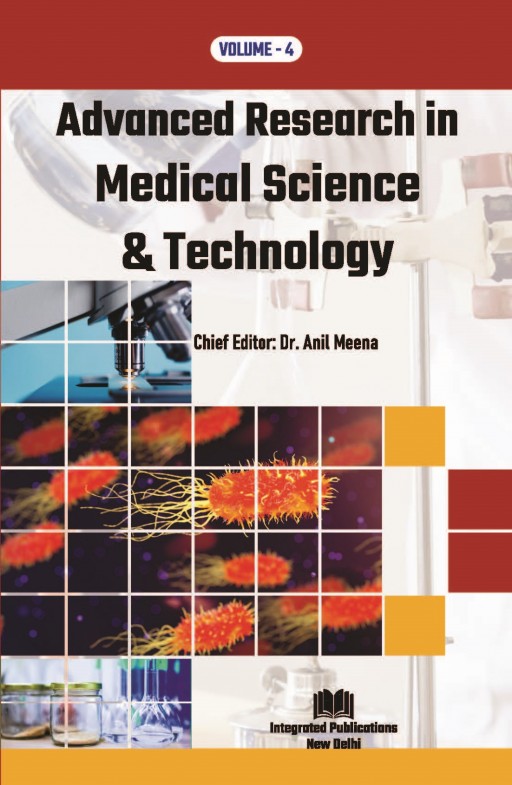The coumarin (benzopyran-2-one, or chromen-2-one) ring system, present in natural products (such as the anticoagulant warfarin) that display interesting pharmacological properties, has intrigued chemists and medicinal chemists for decades to explore the natural coumarins or synthetic analogues for their applicability as drugs. The commonly used anticoagulant drugs warfarin, acenocoumarol and bishydroxycoumarin/Dicoumarol work by blocking the activity of the vitamin K epoxide reductase complex. We outline the biochemical underpinnings of coagulation processes in this paper, along with the warfarin coumarin ring anticoagulant's modes of action. We also provide an overview of the chemical processes involved in the synthesis of coumarins, examining the structures and characteristics of both recently synthesized compounds and those that have been in use for a long time. as well as details on the clinical application of coumarin anticoagulants
Copyright information
© Integrated Publications.

